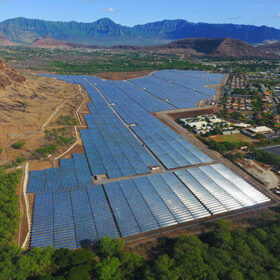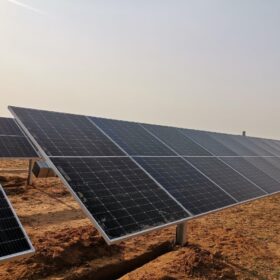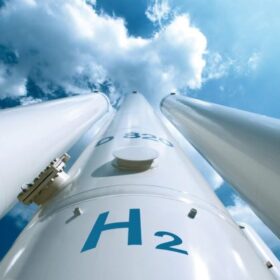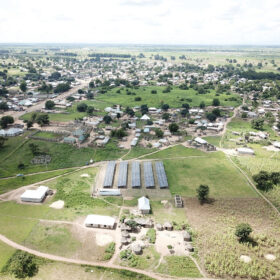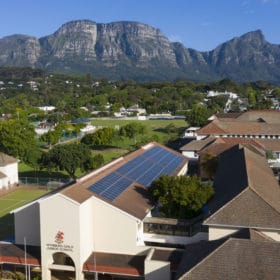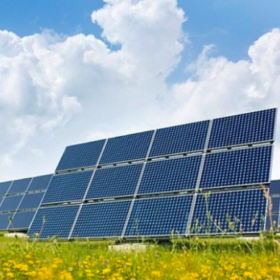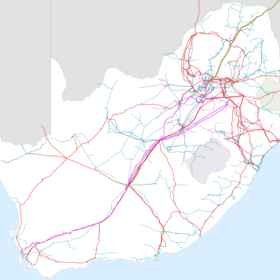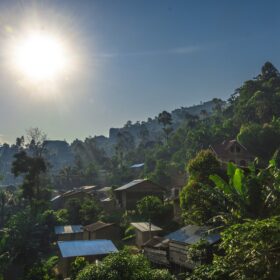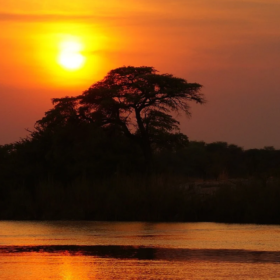Weekend Read: Chaotic leadership leaves South Africans in the dark
Extensive load-shedding, lack of grid capacity, failing coal-fired power stations, lack of progress in clean power procurement, and even vandalism have prompted various South African government departments to take renewables generation into their own hands, seemingly without any overarching plan, as Bryan Groenendaal reports.
Toyota Tsusho building 25 MW of solar in Benin
Toyota Tsusho says that it is building a 25 MW solar plant in Benin. It has also launched a new solar project to improve access to clean water and vaccines in the West African country.
Mining company Harmony commissions 30 MW solar plants in South Africa
Construction of Phase 2 of the project is expected to commence in December 2023 and be completed in FY25, the company says. Once complete, this will add a further 137 MW.
The Hydrogen Stream: ITM Power shifts business focus to PEM electrolysis
ITM Power says it has restructured its business to shift its focus from hydrogen refueling to PEM electrolysis tech, while Stahlwerk Thüringen and gas network operator Ferngas have agreed to connect the Unterwellenborn steel mill in Germany to a hydrogen network by 2027.
Nigeria’s PV potential
Everoze Partner Abdul Sotayo highlights some of the issues that continue to hold back progress on clean energy in Nigeria, where energy poverty remains a problem, despite the nation’s vast solar potential.
South Africa launches loan guarantee scheme to back C&I solar
South Africa has launched a loan guarantee scheme to support commercial and industrial (C&I) solar projects, with the goal of deploying 1 GW of rooftop PV capacity.
South Africa closes in on 4.41 GW of rooftop solar capacity
News statistics from South African utility Eskom show that the country added 1.82 GW of new distributed-generation PV capacity in the first six months of this year. However, PV analyst Chris Ahlfedlt warns that the published numbers could also include some utility-scale projects.
South Africa moves forward with plans to split Eskom into separate entities
The National Energy Regulator of South Africa (NERSA) is moving forward with plans to split Eskom into three separate entities. NERSA has granted the National Transmission Company of South Africa the authority to function independently from Eskom, while South Africa’s National Treasury is working on a bill to address the troubled national utility’s ZAR 423 billion ($23 billion) debt burden.
East African Power to build 266 MW of solar under PPAs in Congo
East African Power says it will build two 133 MW solar projects. The installations have 20-year power purchase agreements (PPAs) with the national utility, Société Nationale de l’Electricité (SNEL).
Botswana launches tender for solar plants
Botswana Power Corp. has launched a tender for the development, financing, construction, operation and maintenance of three solar power projects in Maun, Lobatse and Ghanzi.

